Description
Pentlandite has a hardness of 3½ – 4 and a specific gravity of 4.6 – 5. Named in honor of Joseph Barclay Pentland, an Irish naturalist who discovered the mineral at Sudbury, Ontario. According to Mindat, “Pentlandite is a rather pale brassy yellow metallic sulfide, one of the most important nickel ores, and a primary mineral in many ultramafic rocks. It is usually found associated, and commonly finely intergrown, with pyrrhotite, and rarely shows microscopically visible crystals. It is difficult to confirm visually but sometimes can be distinguished by its paler color, octahedral cleavage, and non-magnetic nature.”
Palladium-bearing Pentlandite has been found in Russia, but in most samples, it pretty much seems equally comprised of 33% Nickel, Sulfur (Sulphur), and Iron, or one report with 50%/17% Iron/Nickel. However, this specific specimen comes from the Sudbury Basin, and is mined there as an ore for Ruthenium, occurring within this rock at a near-miniscule concentration. In addition to the Nickel, Iron, Sulfur, Palladium and Ruthenium associated with this mineral, this mineral is often found in association with Chalcopyrite, Magnetite, Pyrrhotite, Pyrite, Altaite, Galena, and Sperrylite, so you can also sometimes find it associated with Lead, Tellurium, Copper, and Platinum, as well.
This Pentlandite is from Canada, where a 6.2-9.3 mi wide meteorite left an enormous impact crater 1.849 billion years ago, but Pentlandite has been found in more than 1,000 localities worldwide on every Continent, including in at least 8 known localities within Colorado, according to Wikipedia, “in abundance within ultramafic rocks, making it one of the most important sources of mined nickel. It also occasionally occurs within mantle xenoliths and “black smoker” hydrothermal vents.” So, if you just so happen to be hiking around some ultramafic rocks, be sure to keep an eye out for a pale, brassy, metallic rock like this, and you’ll now be able to identify Pentlandite!


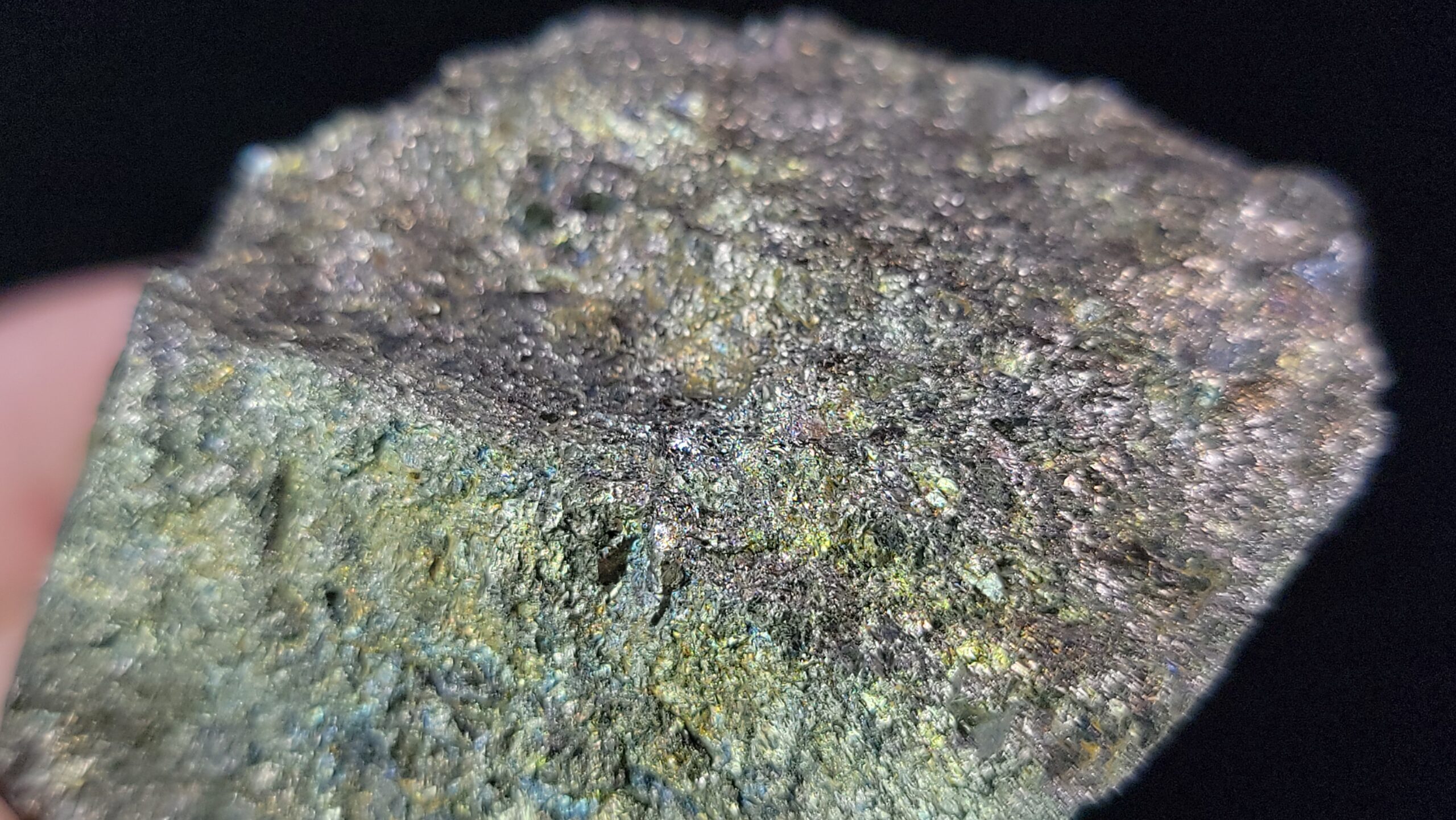

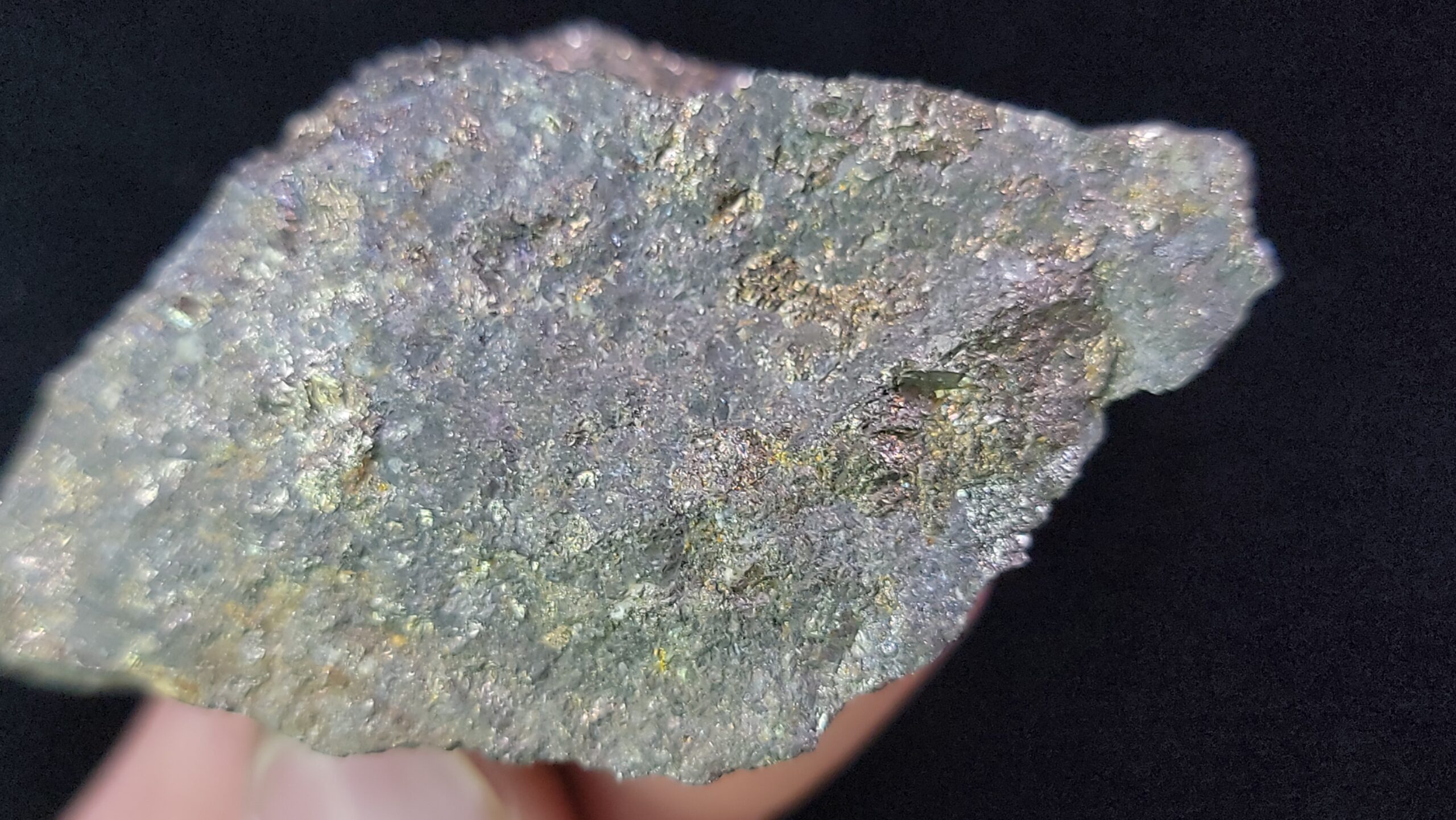
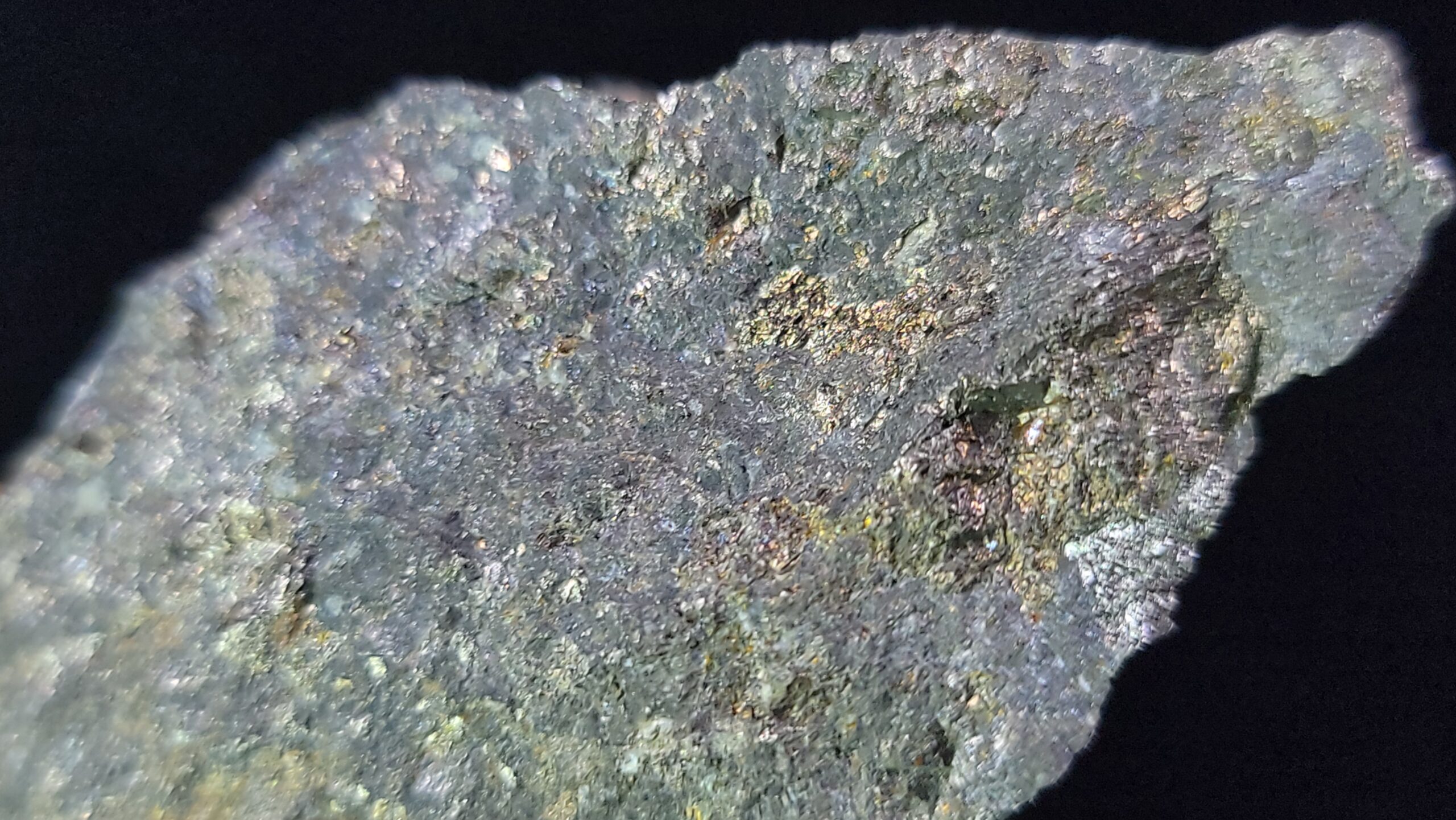
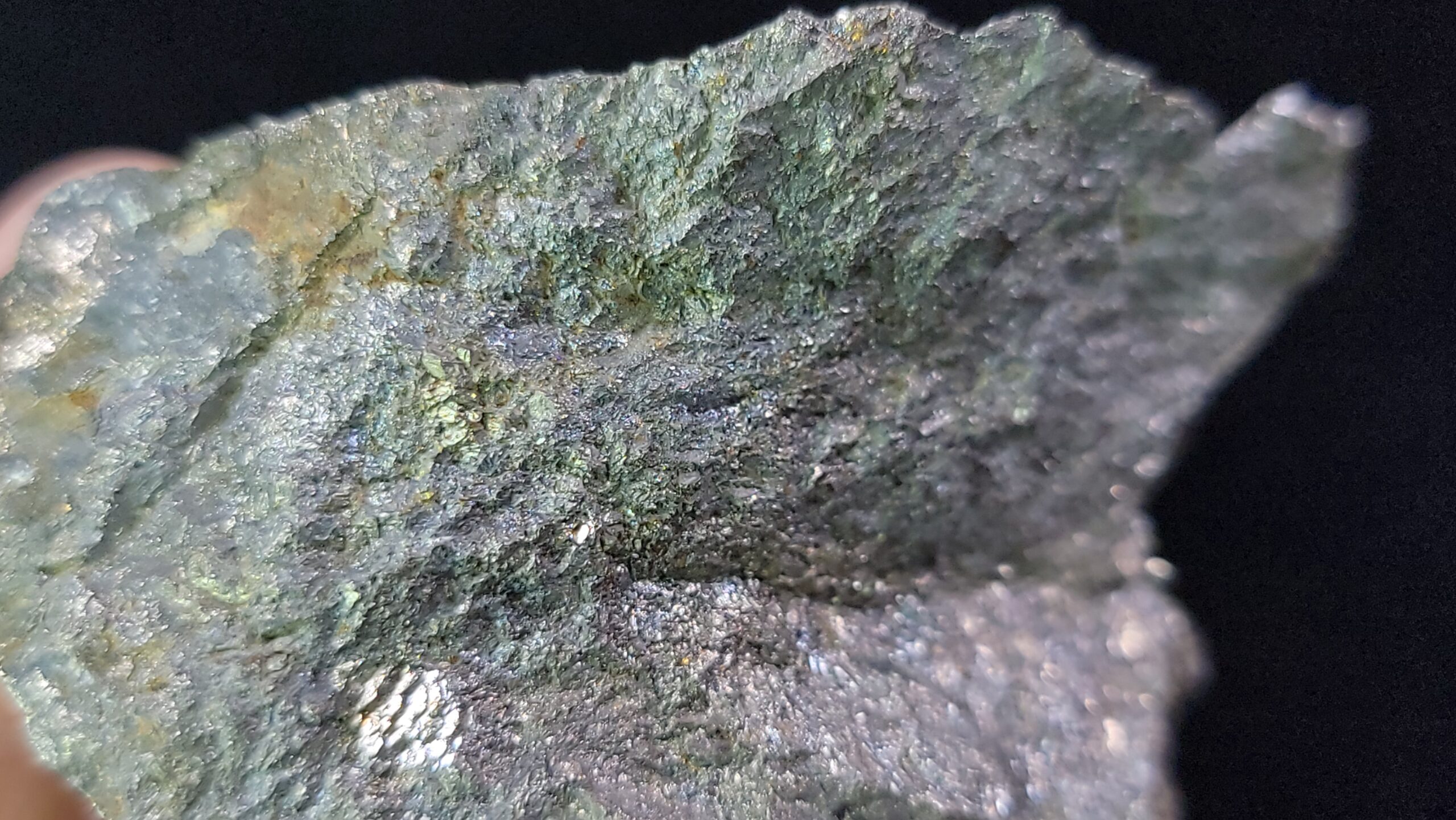

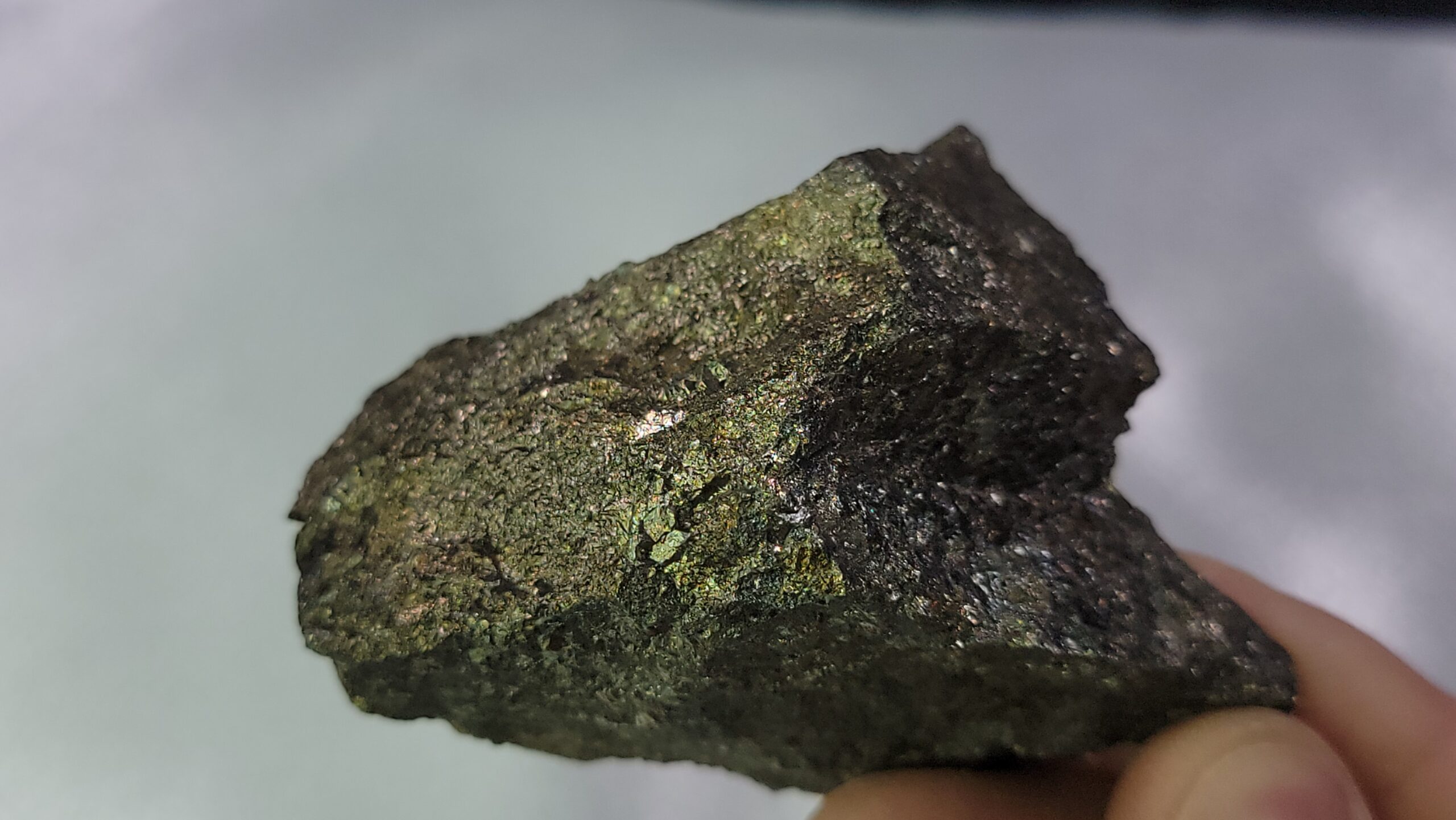

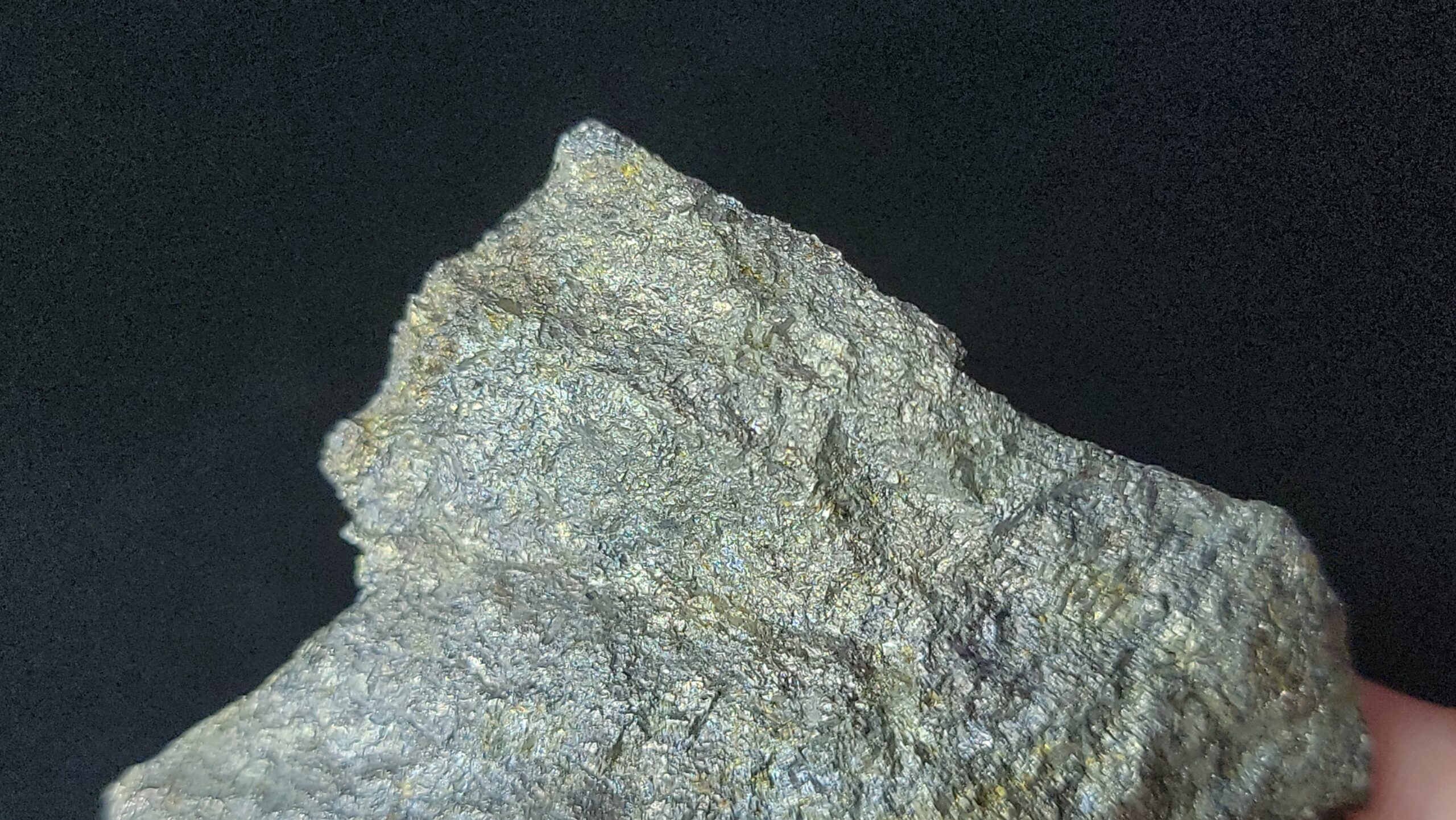
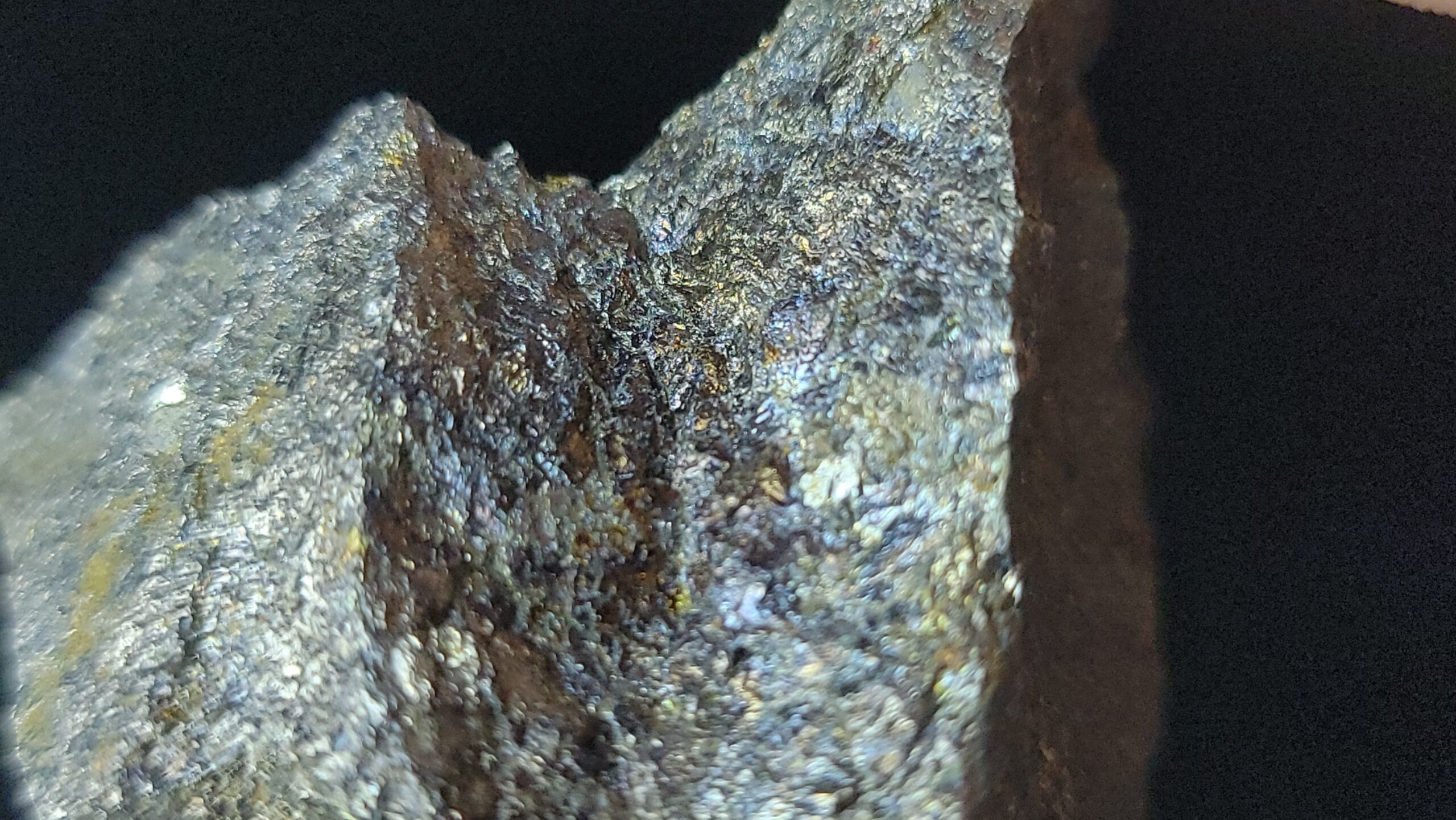
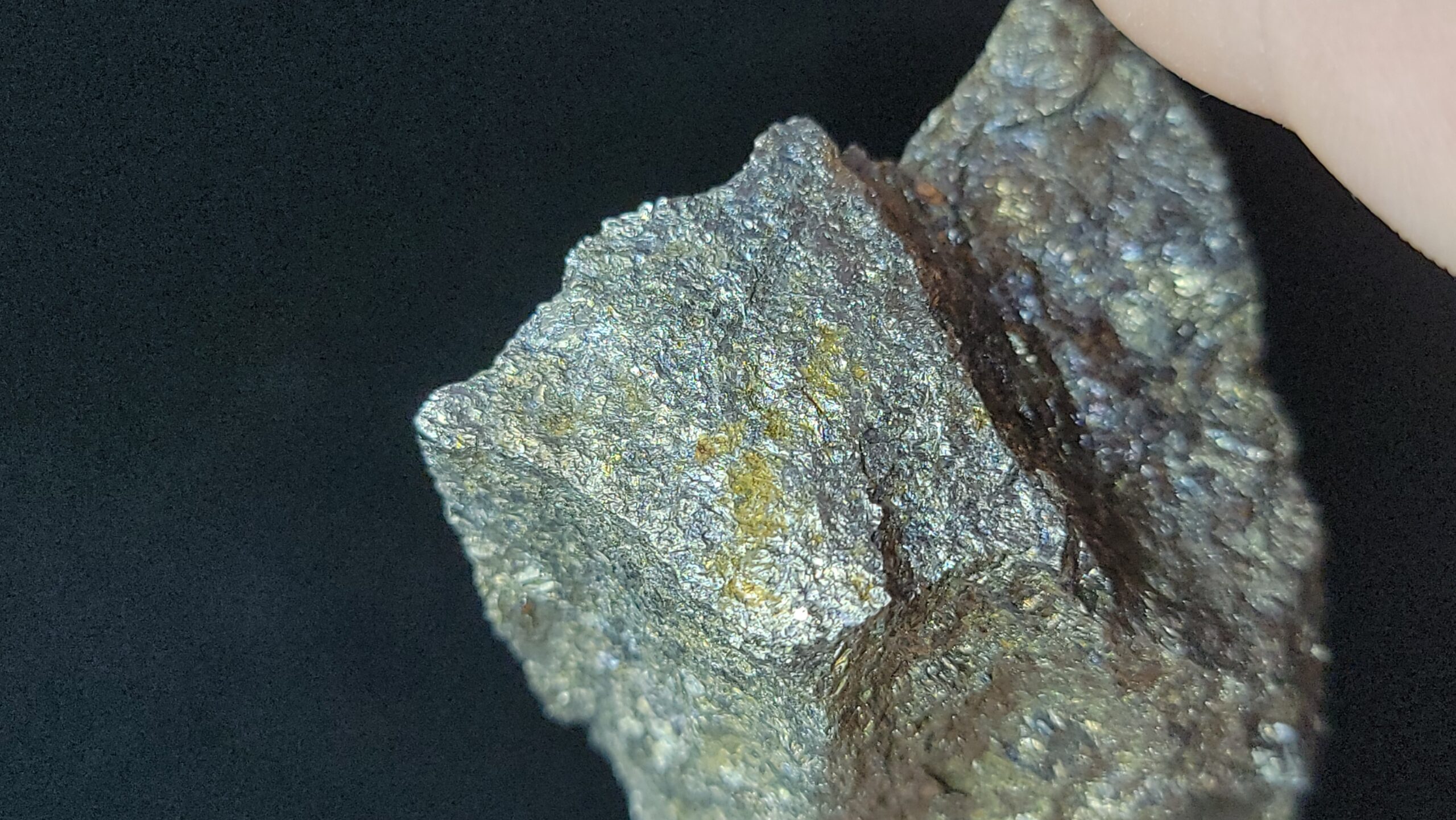
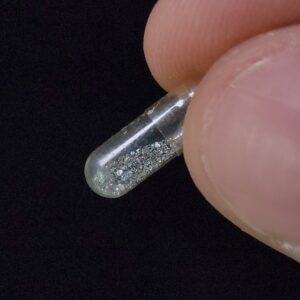

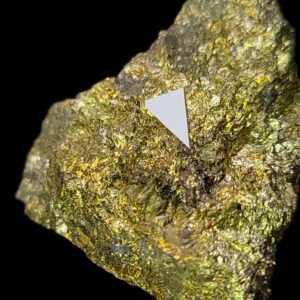

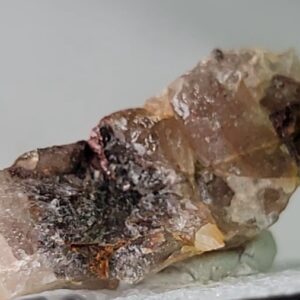

Reviews
There are no reviews yet.